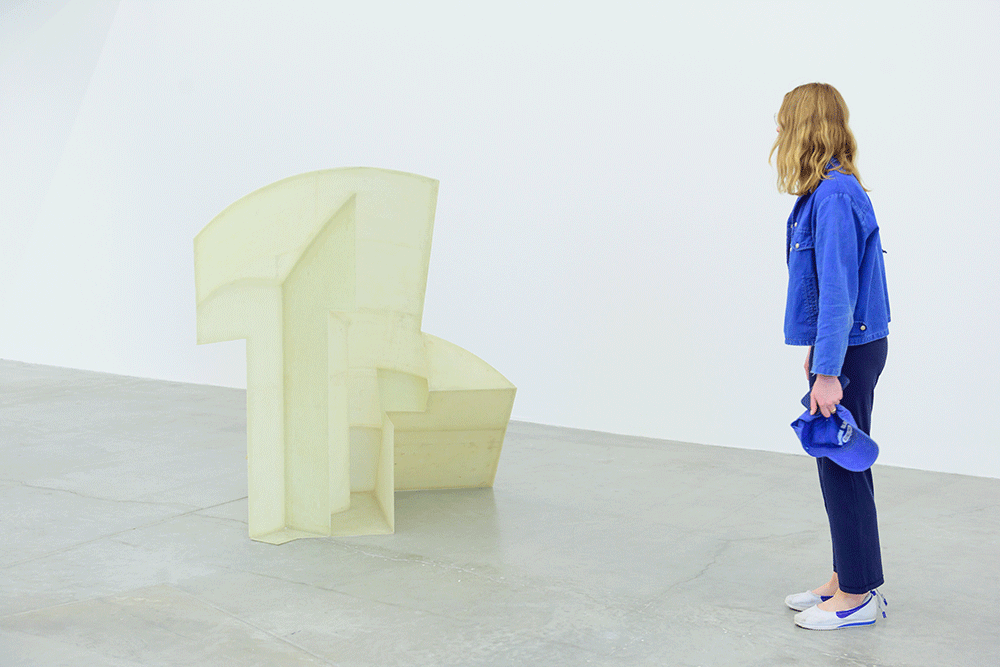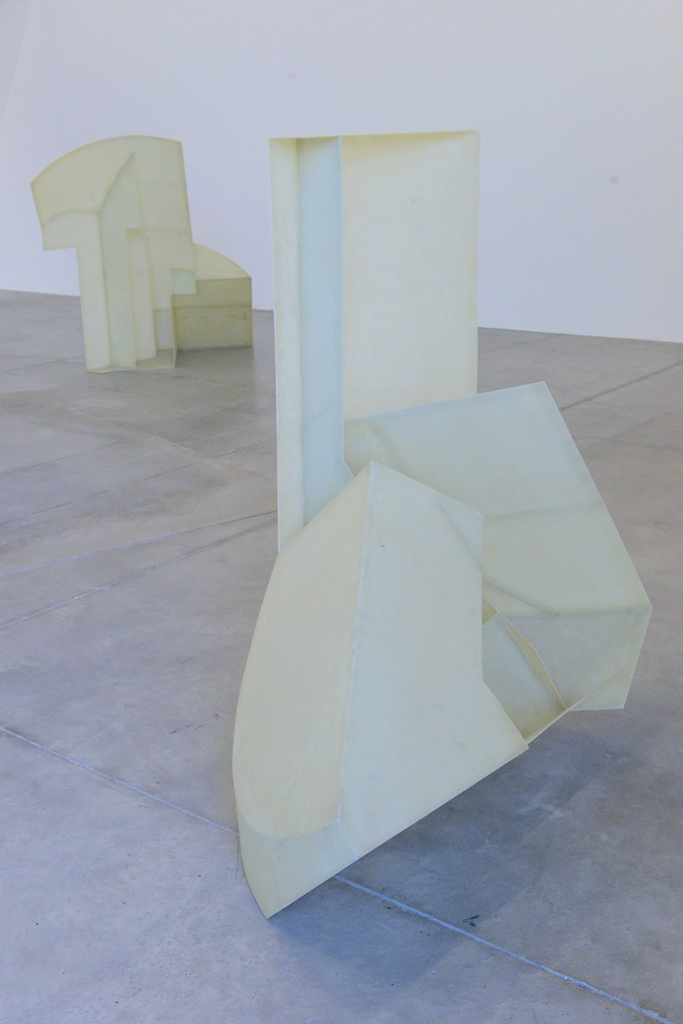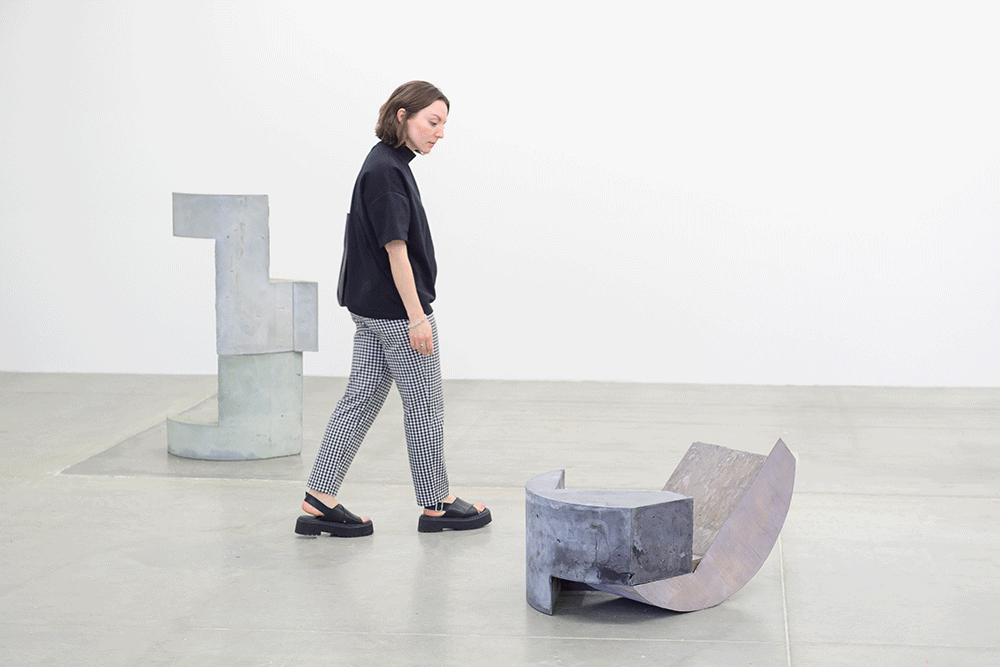Jen Aitken, a sculptural artist hailing from Toronto, is debuting her first major institutional exhibition at The Power Plant Contemporary Gallery titled “The Same Thing Looks Different”. Featuring both new and existing works, Aitken’s installation criticizes and considers how we relate to space, form, and material in an urban environment. Recently, S/ recently spoke with Jen to gain better insight on her creative vision the challenges she faced along the way.

What do you enjoy the most about flowing between the two mediums of drawing and sculpting?
“Since the beginning I’ve loved the interplay between two dimensional space and three dimensional space, I started right out of high school at Toronto Metropolitan University for fashion design. I found the process of pattern drafting to be very interesting, how a 3D garment can be translated into 2D pattern and I found the same to be true with shapes which translate into forms in my art. I always think of drawing from a sculptors point of view and as an aspect of building.”
What is your process like when creating sculptures? And how is it different and/or similar to your process when drawing?
“When I draw, I like to add shapes and lines, see what I have, and then edit and play with the work. Similar to my creating my sculptures where I go through that process with cardboard, and play with the shape and form. With sculpture, there is an element of labor involved with manipulating material and building the final mold — a lot of work that goes on after the initial vision. I like the immediacy of drawing, where everything you do on the page and is already there.”

What material has been the hardest to work with in your experience? How did this challenge you artistically?
“Fibreglass has been the most challenging physically, more physically than artistically — often due to scale, complexity of form as well as the demands of the mold which I need to create the final structure, the physicality is definitely an endurance challenge. Physical labor is a solvable challenge, but the conceptual limitations of working with materials that are more unconventional are definitely more frustrating. There are times when I think a certain material will work for a project, and it just doesn’t behave the way that I imagined it and so there’s an element of getting to know your materials that takes time and patience.”

How does the current urban environment, architecture and infrastructure fuel your current work?
“I’m a fan of industrious materials like brick, concrete and steel — where the structure and mechanics of how something is built is so visible in the final product. More recently what we see in building trends and infrastructure of the last 30 years is the structure of the design being hidden in materials which are meant to mask them — creating structures where we lose access to the integrity or purpose of material.”
The exhibition is on view now until September 4th, 2024 at The Power Plant Gallery in Toronto.

